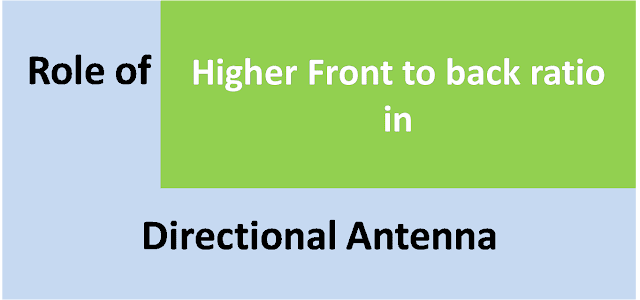Pinpointing your Connected mobile cell Tower: (Methods/Possibilities - Part 2) - Nourishing Tech Appetite
.jpg)
Explore various techniques which are used by network operators to determine a phone’s location and discussion of experimental methods. In this second part, you would also regenerate ideas from different techniques . You would find possibilities ,some experiments and methods that I have performed. The post is so simple and focused that it will be easier for audiences, who have little or no technical background. Let’s proceed. Exploring the process and ideas Locating the exact location with accuracy is a difficult task. There are various factors involved in the process which I discussed earlier. (You may read it in the first part to know the foundation.). The other reason is the map of cell towers, which are largely undisclosed in public by the network carrier due to privacy concern. But there are some methods you can implement. Though the process is largely used by network operators to determine a phone’s location, you can get the general ideas, con...



